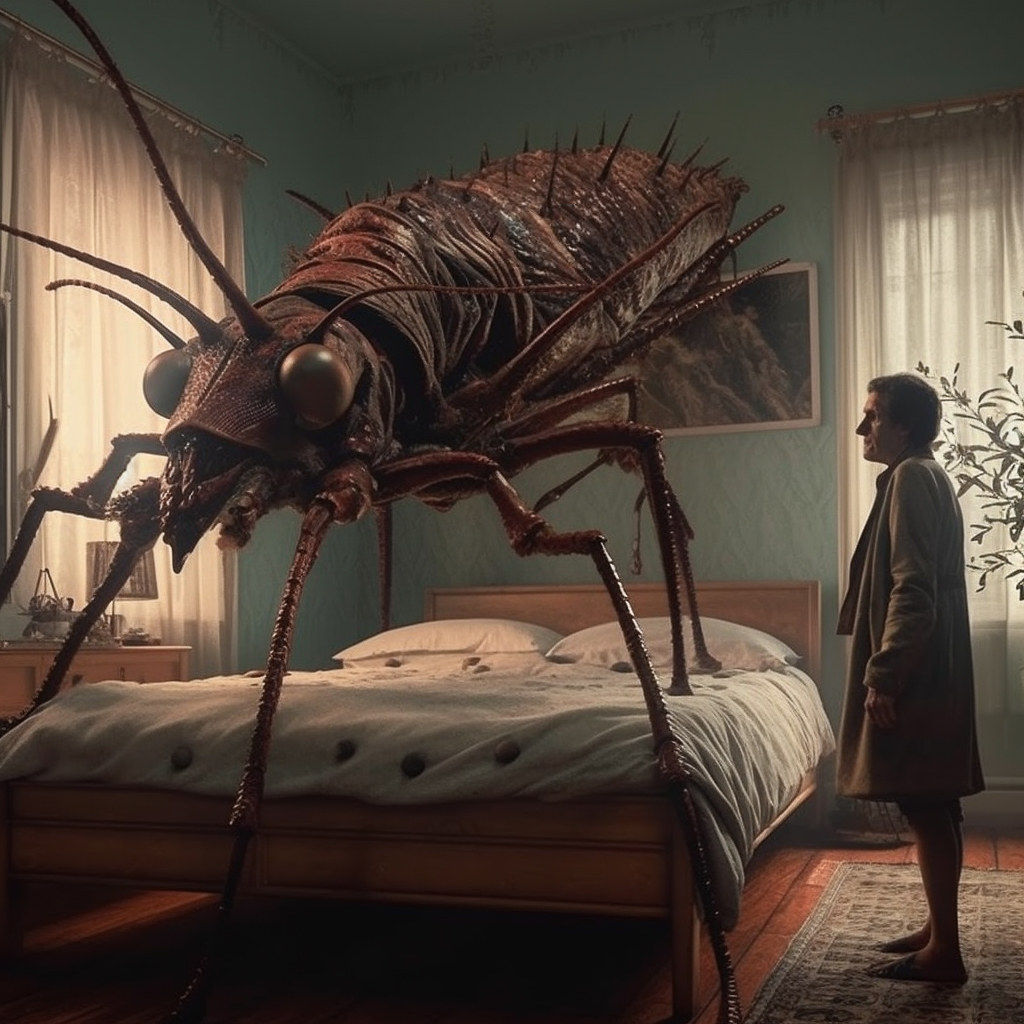When Franz Kafka penned his haunting masterpiece “The Metamorphosis” in 1912, he deliberately left readers with one of literature’s most perplexing mysteries. Gregor Samsa wakes up transformed into some kind of verminous creature, but Kafka never explicitly tells us what exactly he became. This ambiguity has sparked over a century of debate among scholars, entomologists, and curious readers who can’t shake the image of poor Gregor scuttling across his bedroom floor. The German word Kafka used was “Ungeziefer,” which translates roughly to “vermin” or “pest” – hardly specific enough to satisfy our scientific curiosity. Yet hidden within the text are tantalizing clues that might finally solve this literary puzzle.
The Great Literary Mystery That Captivated Scholars
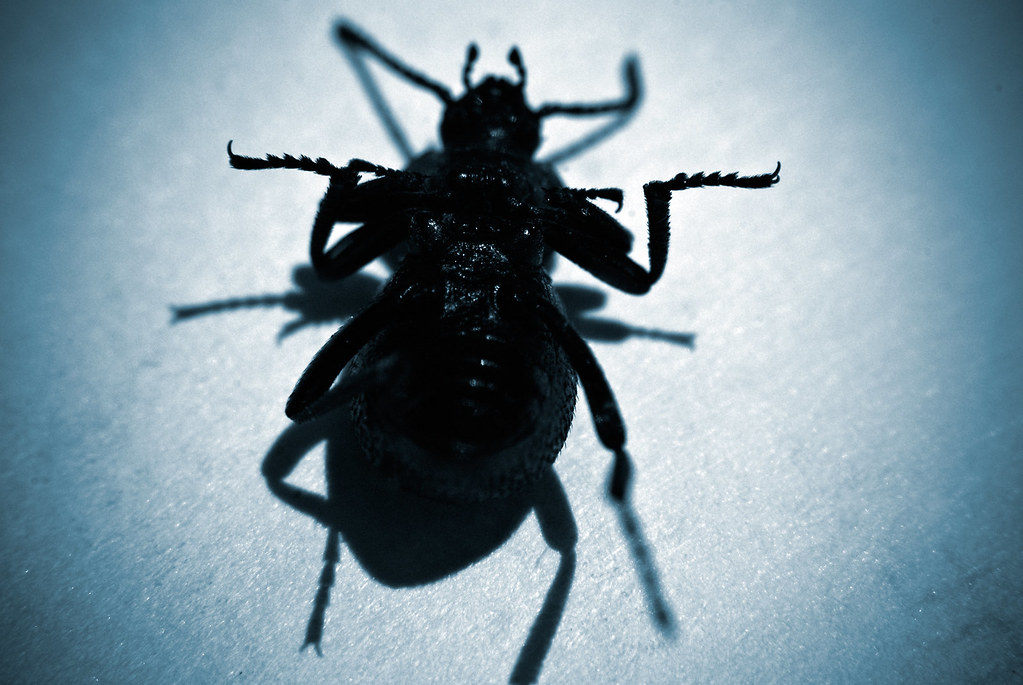
Literary critics have been pulling their hair out over this question for decades, and honestly, who can blame them? Kafka’s decision to keep the creature’s identity vague wasn’t accidental – it was a masterstroke of psychological horror that forces readers to fill in the blanks with their own worst nightmares. The author himself supposedly told his publisher that the creature should never be depicted on book covers, insisting that it remain a product of each reader’s imagination. This deliberate ambiguity has turned “The Metamorphosis” into a kind of literary Rorschach test, where what you see says more about your own fears than Kafka’s intentions. Some scholars argue that the specific species doesn’t matter because the story is purely allegorical, while others believe that identifying the creature is key to understanding Kafka’s deeper message about human alienation and family dynamics.
Kafka’s Deliberate Use of “Ungeziefer” – A Clue or Red Herring?
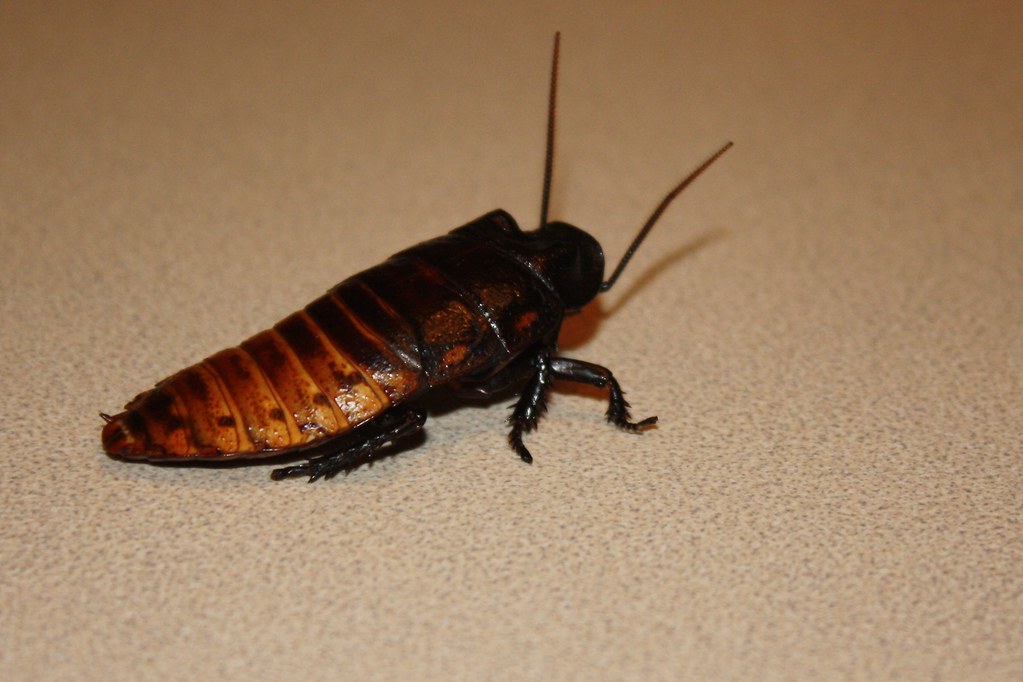
The German word “Ungeziefer” that Kafka chose is absolutely fascinating from a linguistic perspective. It literally means “unclean animal not suitable for sacrifice,” which gives us insight into how people viewed certain creatures in Kafka’s time. The word encompasses everything from cockroaches and beetles to bedbugs and lice – basically any creepy crawly that makes your skin crawl. What’s particularly interesting is that Kafka could have chosen a more specific term if he wanted to, but he deliberately picked this catch-all category of disgusting pests. This wasn’t laziness on his part; it was a calculated literary decision that keeps readers guessing while simultaneously evoking maximum revulsion. The word itself carries moral and religious connotations, suggesting something fundamentally unclean and unwanted in civilized society.
The Beetle Theory – Why Many Experts Point to Coleoptera
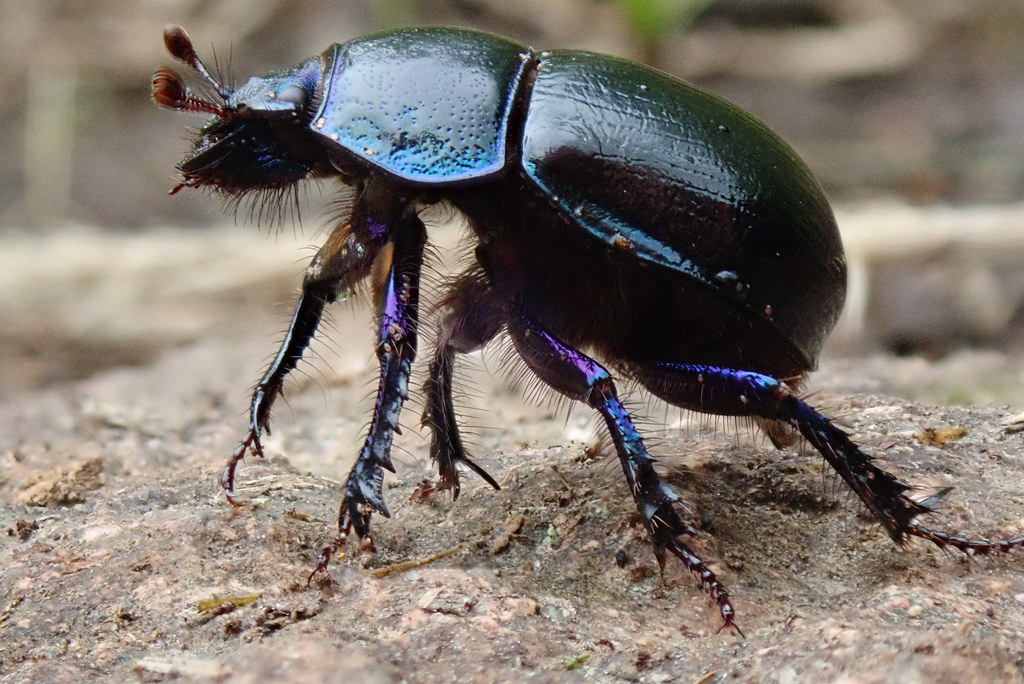
If we’re playing detective with the textual evidence, beetles emerge as the most compelling candidates for Gregor’s new form. Kafka describes Gregor as having a hard, dome-shaped back that he struggles to roll off of – classic beetle anatomy right there. The way Gregor moves his numerous little legs in a coordinated effort to flip himself over mirrors exactly how an overturned beetle behaves. Plus, beetles are incredibly diverse, with over 400,000 known species worldwide, giving Kafka plenty of options to work with conceptually. The author also mentions Gregor’s brown, segmented belly, which fits perfectly with most beetle species’ appearance. When you consider that beetles were common household pests in early 20th-century Prague, it makes sense that Kafka would draw from familiar local insects that his readers would find genuinely disturbing.
The Cockroach Connection – Evidence from Gregor’s Behavior

Cockroaches present another compelling case, especially when we examine Gregor’s behavioral patterns throughout the story. These resilient insects are notorious for their ability to survive in harsh conditions and squeeze into impossibly tight spaces – much like how Gregor hides under furniture and adapts to his confined existence. Cockroaches are also primarily nocturnal, which explains why Gregor becomes more active at night and seems uncomfortable in bright light. The way Kafka describes Gregor’s flat, brownish body and his tendency to scuttle along walls definitely evokes the classic cockroach movement pattern. Perhaps most convincingly, cockroaches have always been associated with filth and decay in human culture, making them perfect symbols for someone who has become a burden to their family and society.
The Dung Beetle Hypothesis – Symbolism Meets Biology
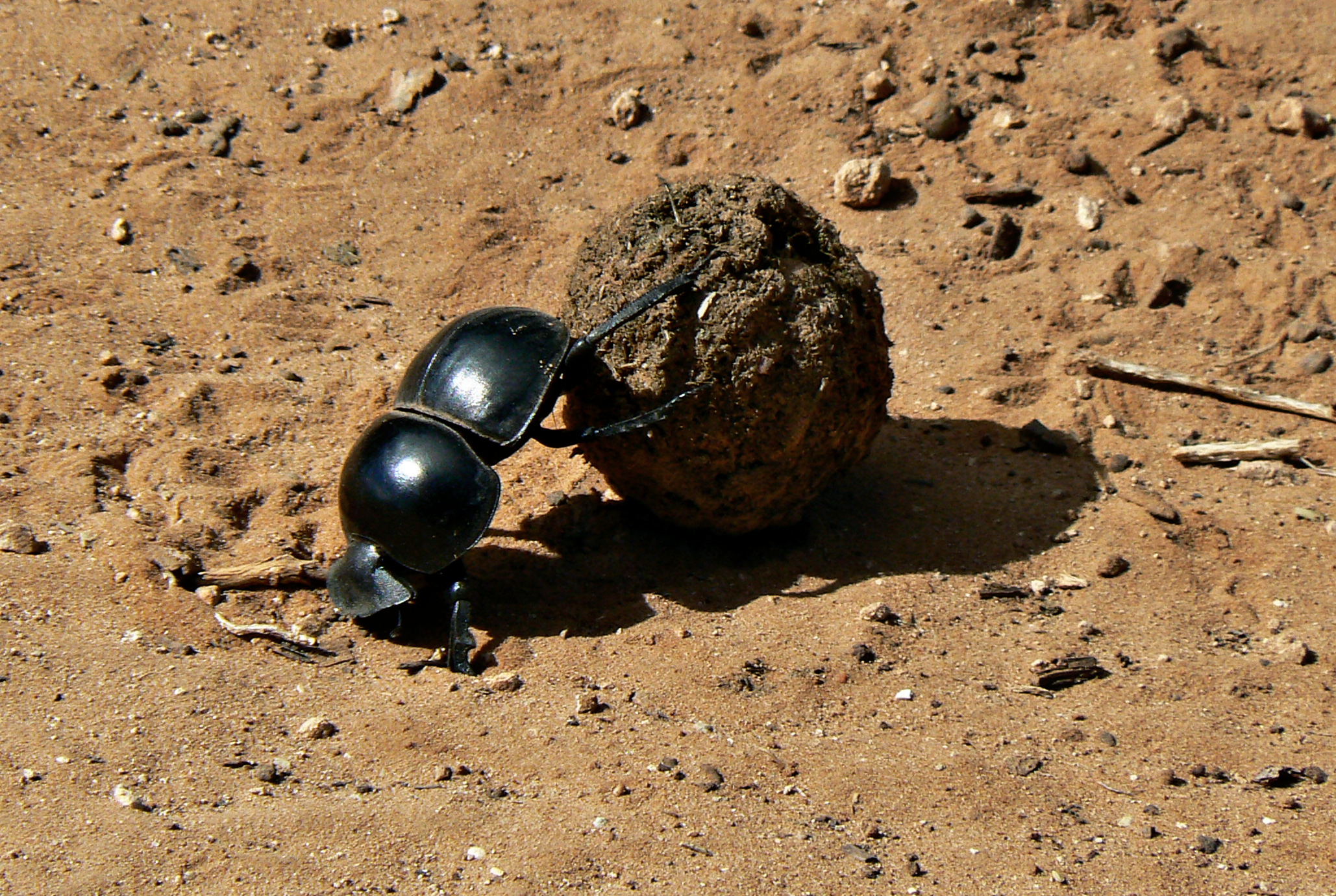
Some literary scholars have proposed that Gregor became a dung beetle, and this theory carries surprising weight when you dig into the symbolism. Dung beetles spend their lives rolling balls of excrement, which creates a powerful metaphor for Gregor’s meaningless existence as a traveling salesman before his transformation. These beetles are also incredibly strong relative to their size – they can move objects 50 times their own weight – which might explain how Gregor manages to move furniture around his room despite his awkward new body. The circular, rolling motion that dung beetles are famous for could also connect to Gregor’s struggle to turn himself over when he first wakes up transformed. Plus, there’s something darkly poetic about a man who felt like his life was crap literally becoming a creature that deals with crap professionally.
Scientific Analysis of Gregor’s Physical Description
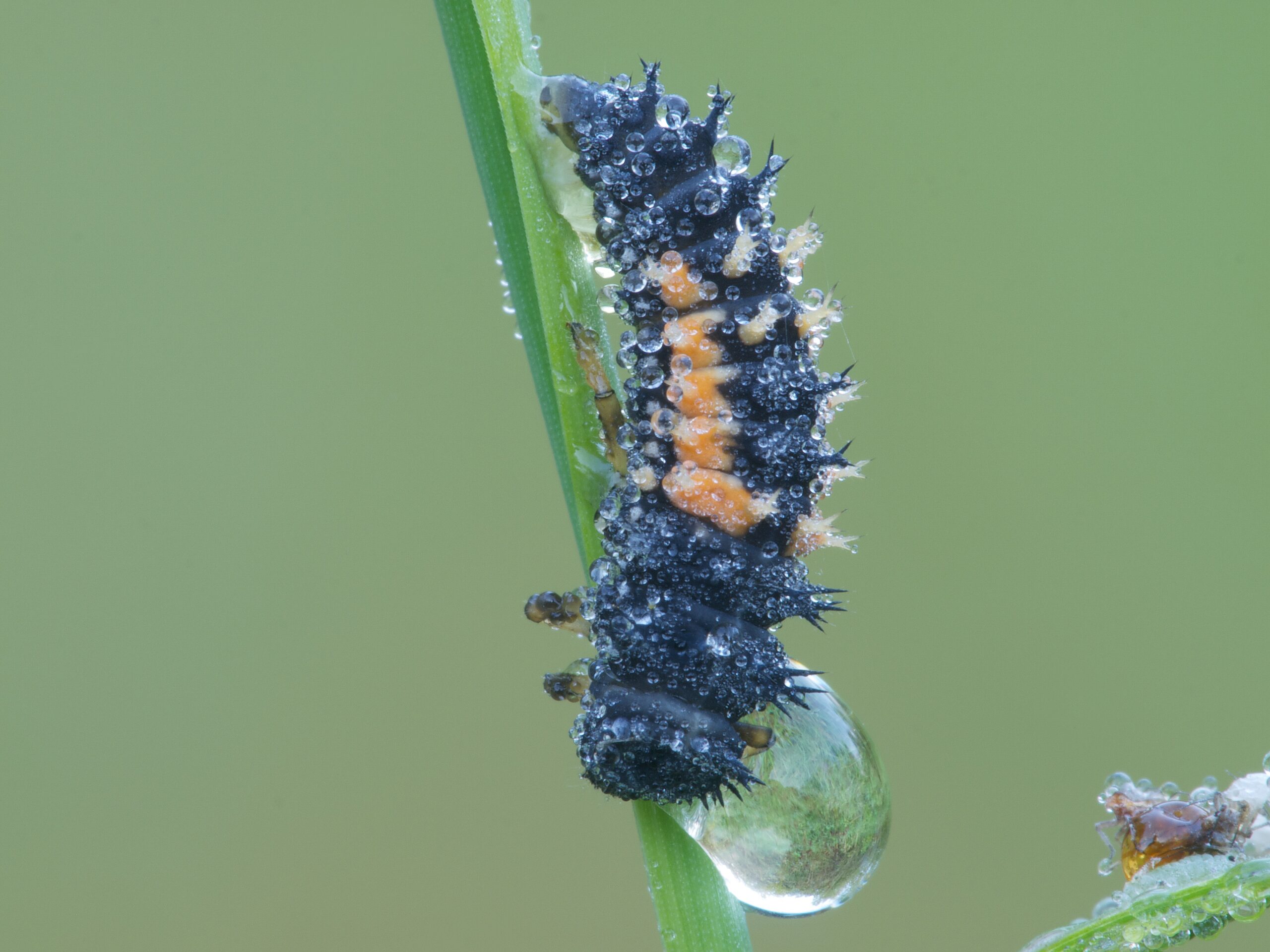
Let’s get scientific about this and examine exactly what Kafka tells us about Gregor’s transformed body. He describes a hard, arched back that’s divided into segments, which immediately points us toward arthropods – specifically insects with their characteristic three-part body structure. Gregor has numerous thin legs that wave helplessly in the air, suggesting something with more than the typical six legs of most insects, possibly indicating a larval stage or a different type of arthropod altogether. His belly is described as brown and divided into curved segments, which matches the abdominal structure of many beetle species. The fact that Gregor can produce sounds but struggles with speech suggests he retained some vocal apparatus while losing human language capabilities. These physical details create a pretty specific biological profile that helps narrow down our suspect list considerably.
The Size Factor – How Big Was Gregor’s New Body?
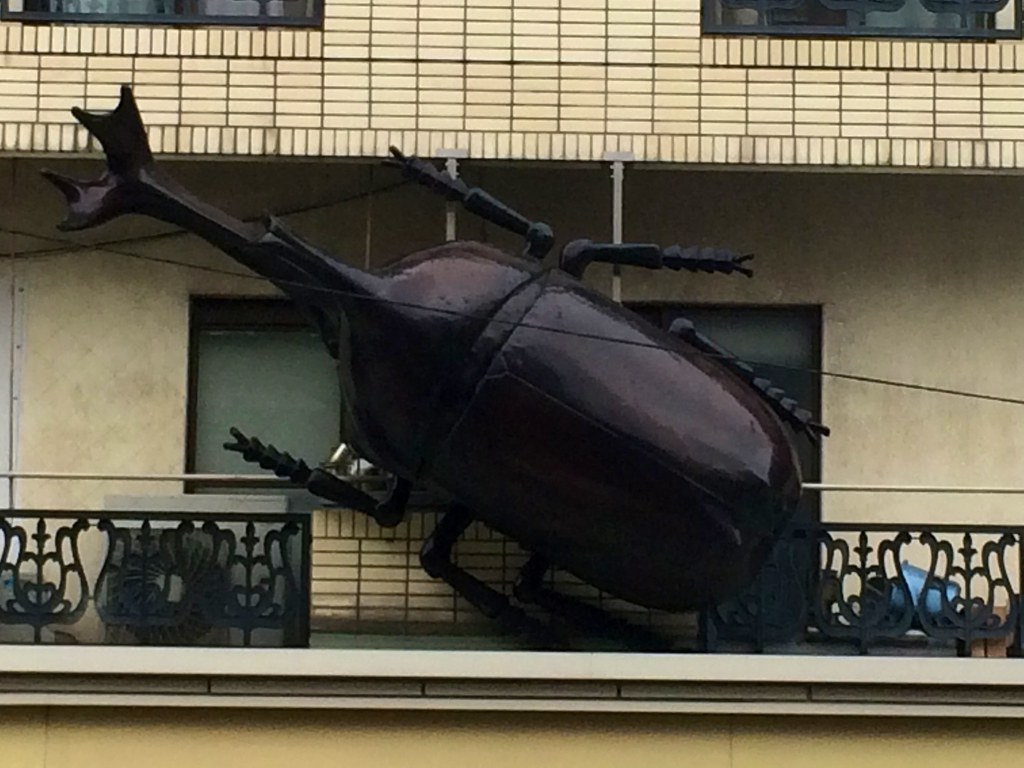
One of the most shocking aspects of Gregor’s transformation is the sheer scale of his new form – he’s clearly much larger than any normal insect. Kafka describes him as being unable to fit through doorways easily and heavy enough that his family can hear him moving around upstairs. This suggests we’re dealing with a creature roughly human-sized, which immediately eliminates most real-world insects from consideration. The logistics of Gregor’s size create fascinating biological questions: how does his respiratory system work at that scale, and how does he support his own weight? Giant insects face serious physical limitations due to their respiratory systems and structural integrity, which is why we don’t see horse-sized beetles in nature. This supernatural size might be Kafka’s way of making the horror more visceral while simultaneously highlighting the absurdist nature of the entire situation.
Textual Clues About Gregor’s Mandibles and Feeding
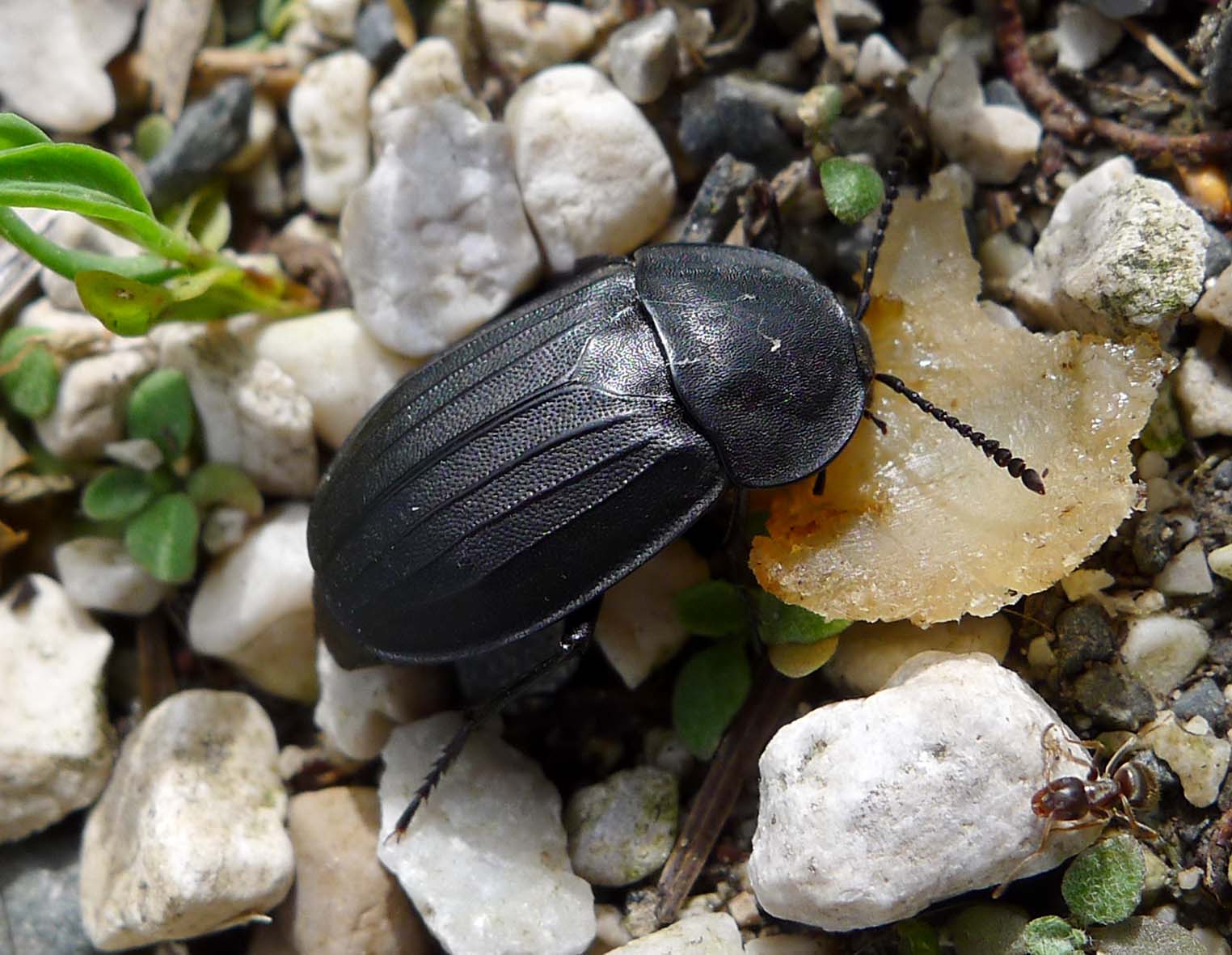
The way Kafka describes Gregor’s eating habits and mouth structure provides crucial clues about his species identity. Early in the story, Gregor shows a strong preference for rotting food, particularly old vegetables and moldy cheese, which his sister leaves out for him. This dietary shift suggests he developed the feeding preferences of a decomposer species – insects that break down decaying organic matter. The text mentions that fresh food actually repels him now, indicating a complete transformation of his digestive system and taste preferences. Kafka also hints at changes in Gregor’s mouth structure, mentioning difficulties with eating that suggest he may have developed mandibles or other insect mouthparts. This feeding behavior strongly points toward beetles or other insects that specialize in consuming decomposing material, which would explain why garbage and rotting food suddenly become appealing to him.
The Mobility Challenge – How Gregor Moves
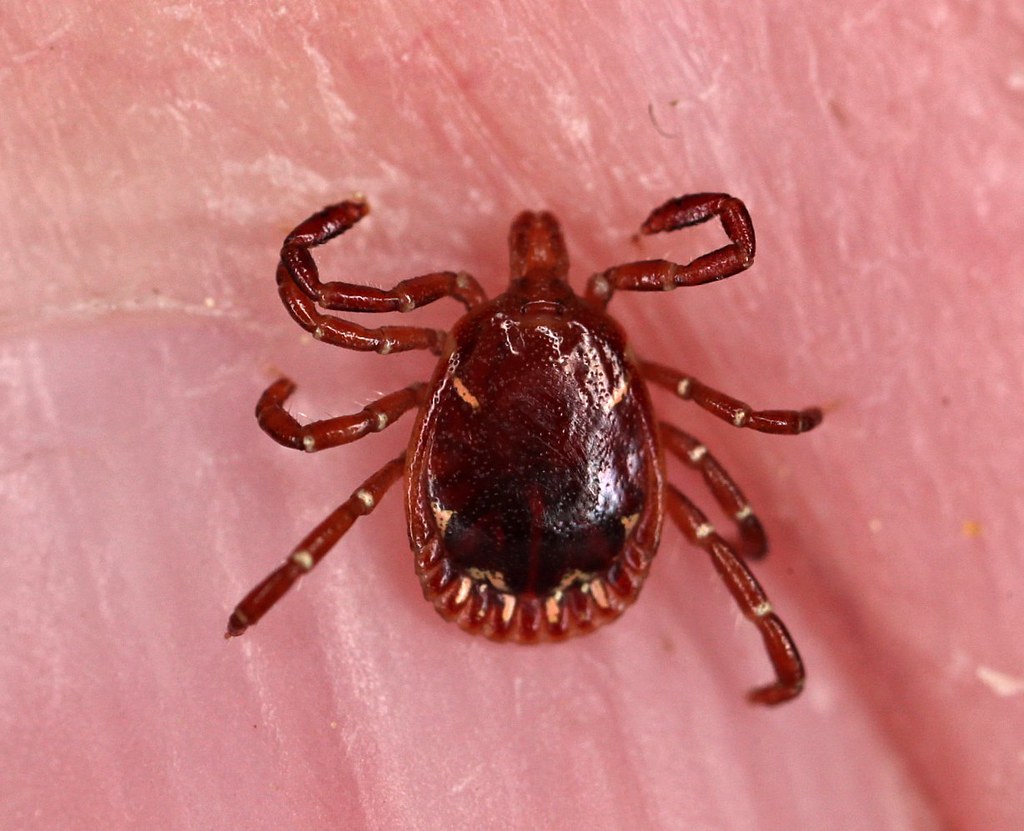
Gregor’s movement patterns throughout the story reveal important details about his new anatomy and help us understand what kind of creature he became. Initially, he struggles with coordination, frantically waving his legs without making progress – a behavior that’s remarkably similar to what happens when you flip a large beetle onto its back. Once he figures out how to move, Kafka describes him as being surprisingly quick and agile, able to climb walls and hang from the ceiling with ease. This wall-climbing ability suggests he developed specialized gripping structures on his feet, like the tiny claws or adhesive pads found on many insects. The way he moves also becomes more fluid over time, indicating that his nervous system adapted to control his new body configuration. His ability to squeeze under furniture and into tight spaces demonstrates the flexibility that’s characteristic of many insect species, particularly those adapted to hiding in crevices during the day.
Entomological Evidence From 1912 Prague
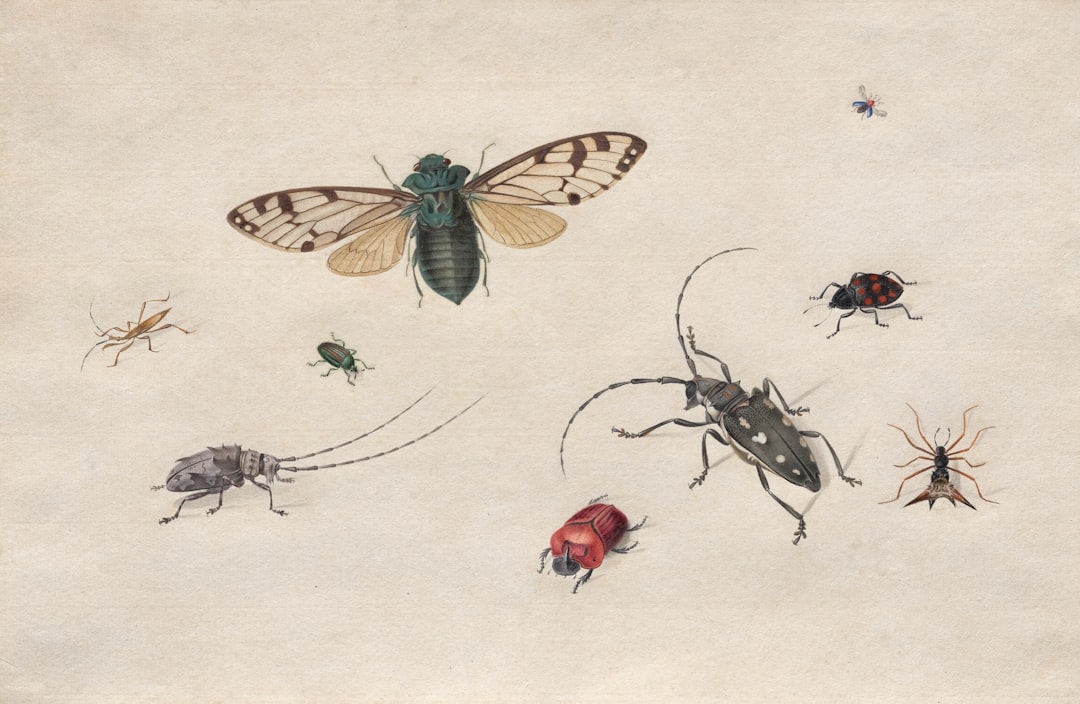
To really understand what Kafka might have had in mind, we need to consider what insects were common in Prague during the early 1900s. The city’s urban environment, with its mixture of old buildings and crowded living conditions, would have been perfect habitat for various pest species. Cockroaches were definitely present, thriving in the warm, humid conditions of poorly ventilated apartments and attracted to food scraps. Beetles of various types would have been common too, from small carpet beetles that infested textiles to larger species that entered homes seeking shelter. Bedbugs were also a serious problem in many European cities at this time, before modern pest control methods became available. The fact that Kafka chose “Ungeziefer” – a term specifically for household pests – suggests he was drawing from the everyday experience of urban residents dealing with unwanted insect intrusions.
The Transformation Process – Clues to Species Identity
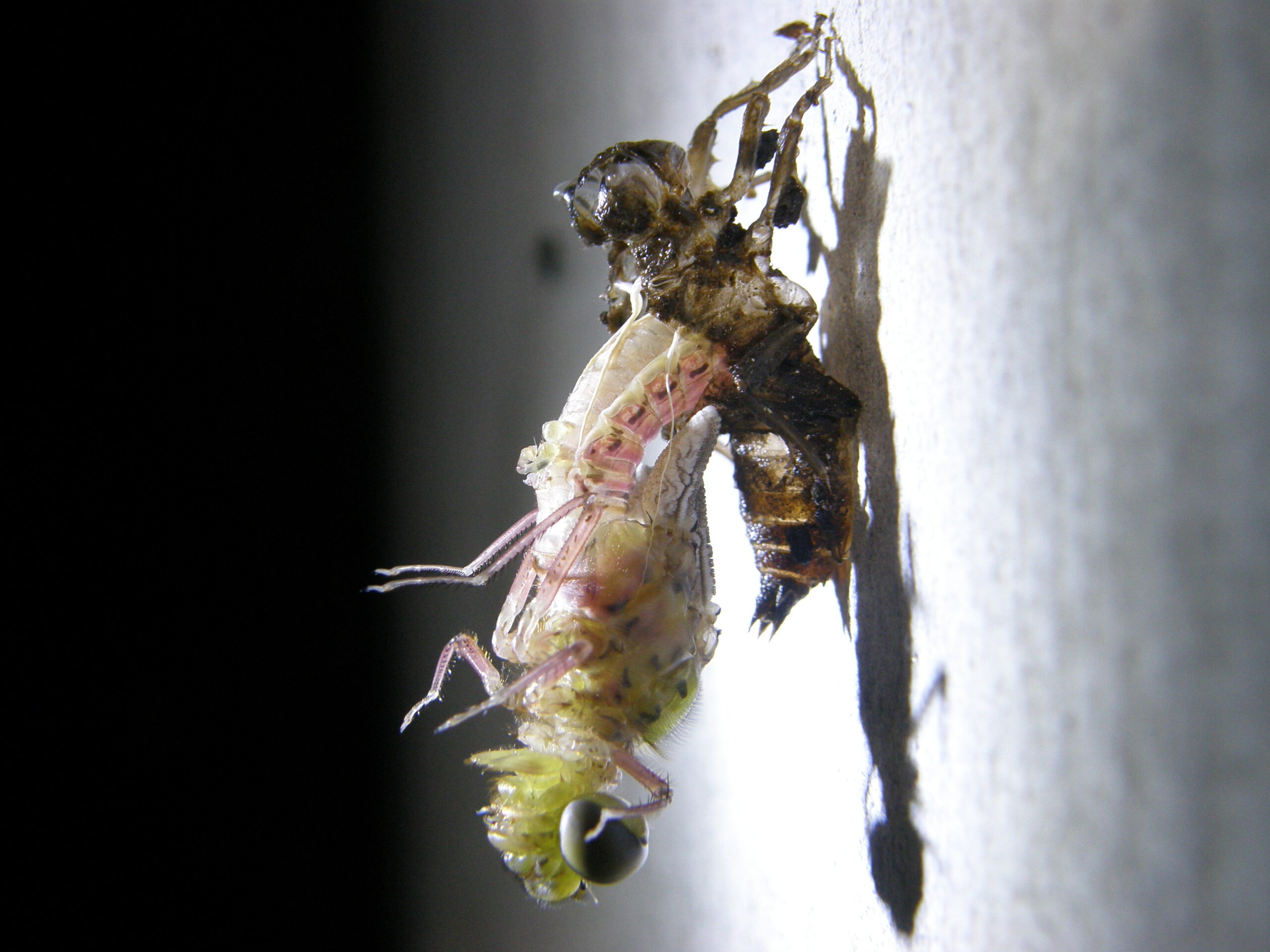
How Gregor’s transformation occurred might tell us something about what he became, though Kafka keeps these details frustratingly vague. The change happened overnight while he was sleeping, which suggests either a magical transformation or possibly that Gregor had been gradually changing and only noticed the final result upon waking. Some insects do undergo dramatic metamorphosis, but this typically happens over weeks or months, not overnight. The fact that Gregor retains his human consciousness and memories while gaining insect instincts and preferences suggests a partial transformation rather than a complete species change. His family’s horror at seeing him indicates that his appearance is genuinely shocking and alien, ruling out more familiar or less threatening creatures. The permanent nature of his transformation, with no hint of eventual reversal, suggests this isn’t a temporary condition but a fundamental change in his biological nature.
Comparative Analysis – Real Insects vs. Kafka’s Creation

When we compare Gregor’s characteristics to actual insect species, some fascinating patterns emerge that help narrow down the possibilities. Real beetles, for instance, do have hard wing covers called elytra that would create the dome-shaped back Kafka describes, and many species are indeed brown or dark-colored. However, most beetles can’t climb walls effectively, while Gregor demonstrates excellent climbing abilities throughout the story. Cockroaches, on the other hand, are superb climbers and have the flat, segmented bodies that match Kafka’s description, but they lack the hard, arched back that seems so important to Gregor’s physical form. The size issue remains problematic for any real species comparison, since no known insects approach human dimensions. This suggests that Kafka was creating a hybrid creature that combined the most disturbing elements of various pest species rather than trying to accurately portray any single insect type.
The Final Verdict – Synthesizing All the Evidence
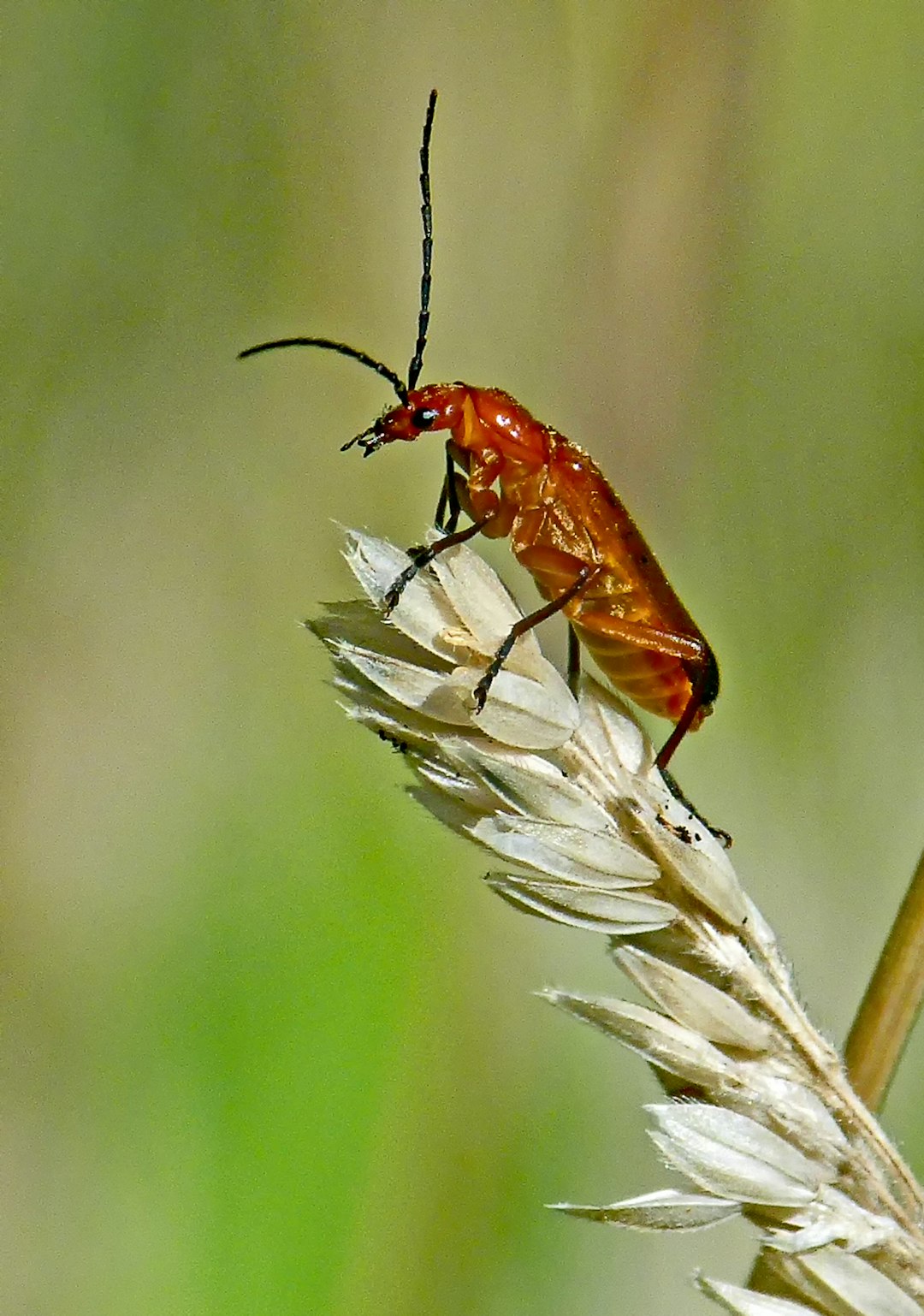
After examining all the textual clues, behavioral evidence, and biological details, the most likely answer is that Gregor became a hybrid creature combining elements of several different insect species. Kafka appears to have taken the hard, segmented back of a beetle, combined it with the climbing ability and flat body of a cockroach, added the size impossibility of a fever dream, and wrapped it all in the symbolic meaning of societal rejection. The author’s refusal to be specific wasn’t just artistic license – it was a deliberate choice to create something more horrifying than any single real insect could be. By leaving the exact species ambiguous, Kafka forces readers to confront their own deepest fears about insects and transformation. The creature Gregor becomes is ultimately less important than what his transformation represents: the horror of becoming something that society considers fundamentally unacceptable and disposable.
Modern Interpretations and Scientific Perspectives

Contemporary entomologists and literary scholars continue to debate this question, bringing new scientific knowledge to bear on Kafka’s century-old mystery. Some modern interpretations suggest that Gregor’s transformation might represent a form of body dysmorphia or mental illness, with the insect imagery serving as a metaphor for psychological alienation rather than literal physical change. Others point to advances in our understanding of insect behavior and biology to argue for more specific identifications, noting that certain beetle species do exhibit wall-climbing abilities that weren’t well understood in Kafka’s time. The rise of genetic engineering and biological transformation technologies has also given new relevance to questions about the boundaries between species and the possibility of radical physical change. These modern perspectives don’t necessarily solve the mystery, but they do add new layers of meaning to Kafka’s original vision of transformation and identity.
Conclusion
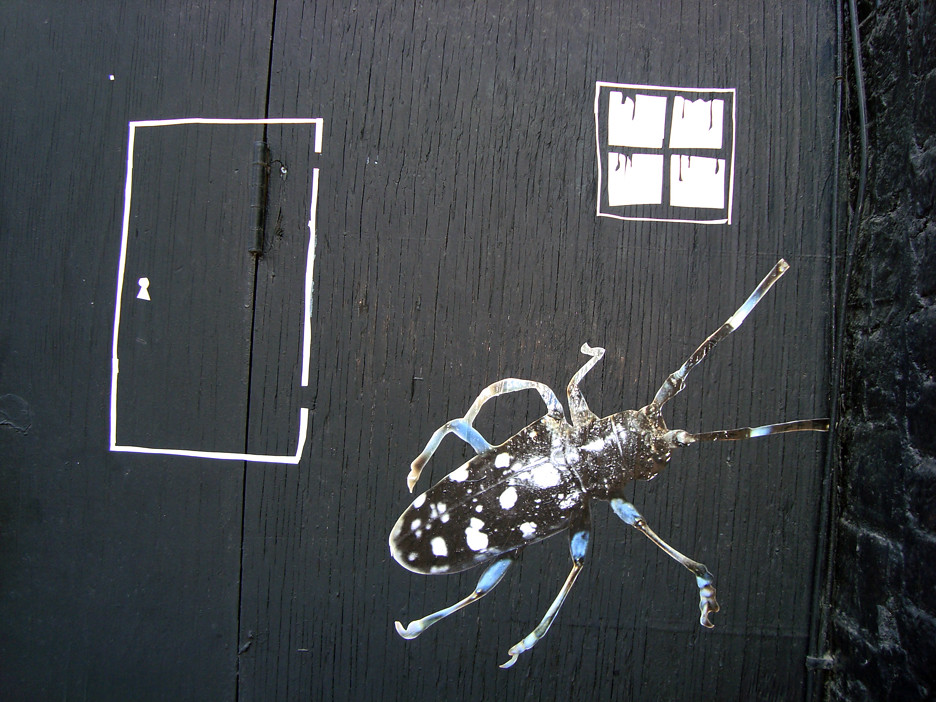
The question of what exactly Gregor Samsa became may never have a definitive answer, and perhaps that’s exactly as Kafka intended. By creating a creature that exists somewhere between beetle and cockroach, between nightmare and reality, he crafted something far more disturbing than any single species could be. The ambiguity forces us to confront our own assumptions about identity, humanity, and what makes someone worthy of love and acceptance. Whether Gregor was a giant beetle struggling with coordination or an oversized cockroach adapting to his new reality, his story remains a powerful exploration of alienation that resonates just as strongly today as it did over a century ago. What would you have guessed?

